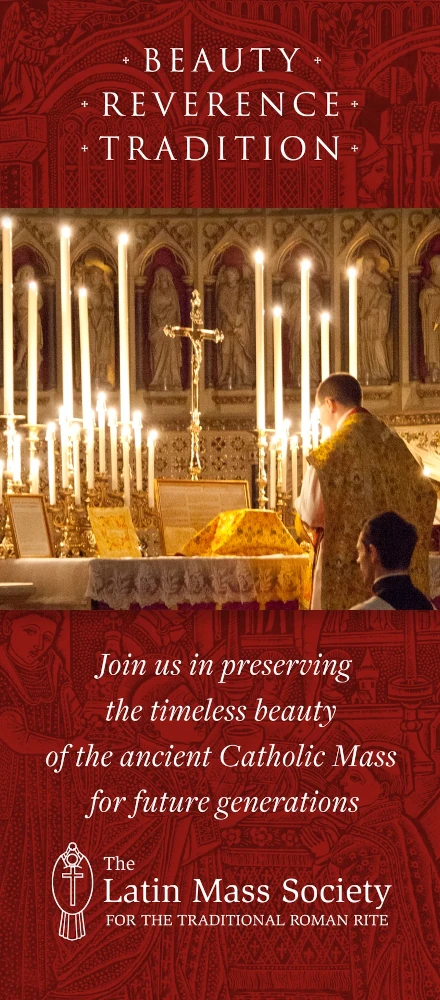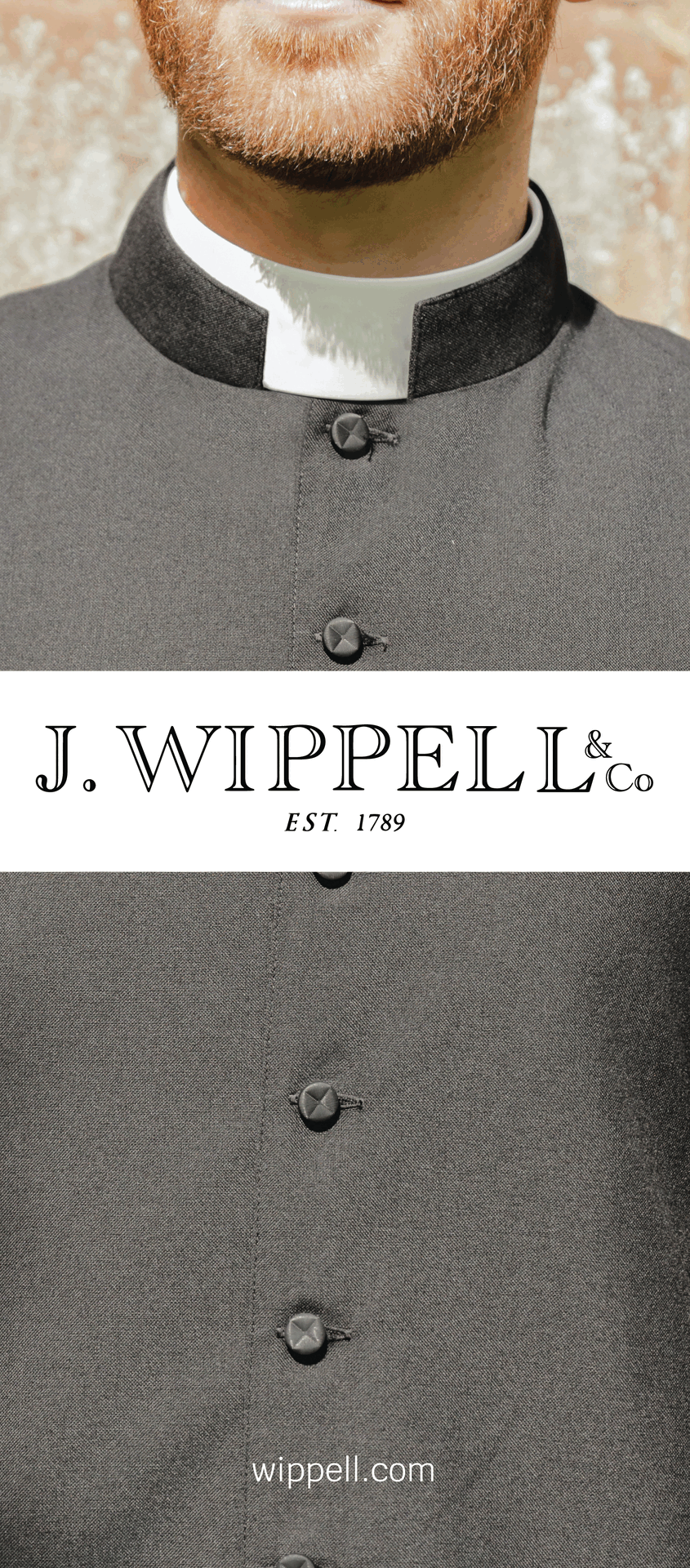In the comments on Shawn's post on the ritus Lugdunensis the question of the collar of the Dalmatic (Spanish collarín, French colletin) came up.
Since this topic has come up before, and is connected to the appareled amice, which also has come up frequently, I thought it might be worthwile to translate the relevant paragraph by Fr. Braun:
"In the 12th century a peculiar, collar-like ornamentation of the amice came into use, which must have pleased enormously, since it quickly became common everywhere. It was applied at one of the two long sides, namely that one on which the bands to tie it were. It consisted either of a strip immediately embroidered onto the humeral or - and that was more common - of an initially only narrow, but later on broader galloon ca. 40 to 50 cm long, often decorated with embroidery, pearls and little metal plates. While vesting, the amice was put upon the head in such a way that the decoration stretched from temple to temple. Then the bands were tied around the breast, alb, stole, chasuble resp. tunicle or dalmatic were put on, and now the amice lowered by the back of the head in such a manner that the decorative strip resp. the galloon surrounded the neck like a collar:
"The described manner of ornamentation had its origin apparently in France, from where it spread throughout the entire Occident, not excluding Italy. Its heyday falls into the 13th and 14th century. With the beginning of the 16th century it gradually falls again into disuse, earliest in Rome, in Germany around 1600. In France it remained in rare instances, e.g. in Paris, until the end of the 17th, or even until the 18th century. It never became entirely extinct. For even now the parura of the amice is in use in the Ambrosian rite, at Lyon and in Spain, albeit not any longer attached to the amice, but as a loose collar, which however it seems to have already been here and there at the end of the middle ages.
The above picture shows a 17th century Spanish amice collar (collarín) embroidered with thread-of-gold, from the arts and crafts museum of Berlin.
A contemporary example we can see in the following pictures of a missa sollemnis celebrated by the Fraternitas Christi Sacerdotis et Beatae Mariae Reginae in Galicia, Spain.


Speaking of this Spanish Ecclesia Dei Fraternity, - attention Argentinian readers - a member of its priestly branch, the Hijos Esclavos de Santa María Reina, has gone to Argentina and will stay there for a month. He will visit, together with a consecrated sister of solitary life of the Fraternity who resides in Argentina, various dioceses and groups of "Marian servitude" of the country to foster their dedication to the Blessed Virgin. They will also present and make known the spirituality of the Fraternity to various priests and laypeople. The Fraternity invites everyone who is interested in getting to know more closely the Fraternity to take advantage of the stay of Br Carlos María and meet with him. They point out that this could be an excellent opportunity for all those young people who feel a vocation to religious life - both male and female - according to the spirituality of the Fraternity of Christ the Priest and Holy Mary Queen. Contacts can be made through the email of the Fraternity.




















